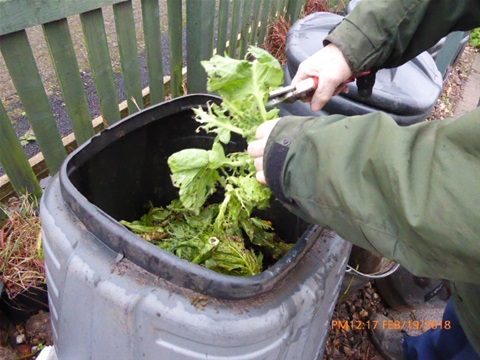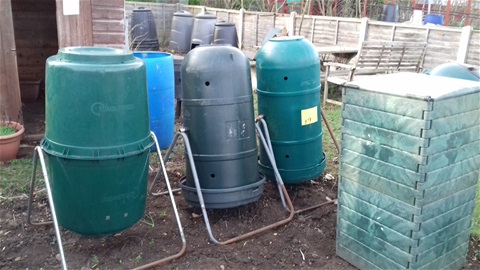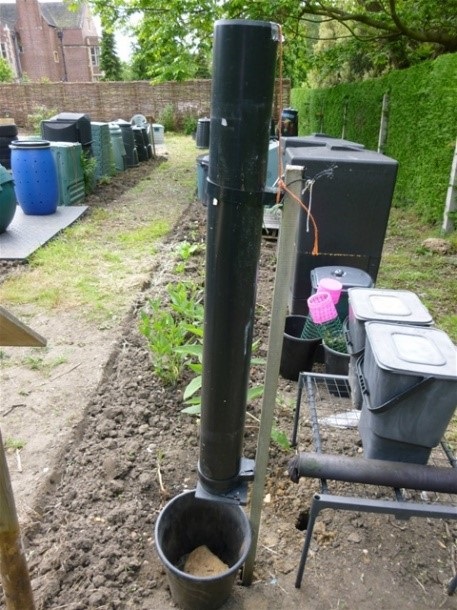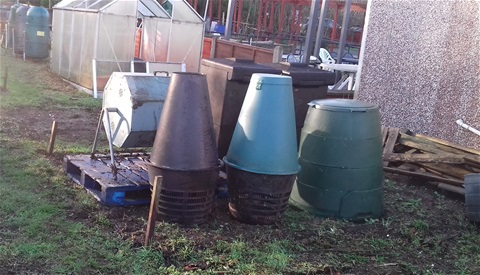International Compost Awareness Week Sunday 5 May – Saturday 11 May 2019
International Compost Awareness Week (ICAW) is the largest and most comprehensive education initiative of the compost industry. It is celebrated during the first full week of May
Throughout the week of ICAW, community and business events are held in a countries across the world to encourage and celebrate composting. All types of composting – from backyard to large-scale are promoted. Events include tours of compost facilities, school gardening programs, compost workshops, lectures by a well-known gardening expert, compost give-away days. To learn more about how you can get involved with ICAW or plan an event in your community, click here to read the Celebrate ICAW Manual.
UK
Master Composters, Allotment Societies and others will be organising events over the country during the week. Details of the theme do not appear to have been published yet but the for most of us the aim is topromote composting provide support for local composters. Details of the events at Stokes Wood allotment Leicester will be published in future blogs. Sessions for Leicestershire schools can be arranged by contacting carryoncomposting1@gmail.com
INTERNATIONAL COMPOST AWARENESS WEEK AUSTRALIA
Better Soil, Better Life, Better Future
International Compost Awareness Week Australia (ICAW), is a week of activities, events and publicity to improve awareness of the importance of compost, a valuable organic resource and to promote compost use, knowledge and products. We can compost to help scrap carbon pollution by avoiding landfilling organic materials and helping to build healthier soils.
ICAW Australia is an initiative of the Centre for Organic Research & Education (CORE), a not-for-profit organisation conducting year round organic research, education and awareness activities.
USA
The USA theme for this year is Cool the Climate - Compost!. The meaning behind this year’s theme is that there are many ways to help reduce our carbon footprint and reduce climate change and adding compost to the soil is one means of doing this.
The ICAW Committee is looking for an individual (or team of individuals) in each state, who is willing to lead International Compost Awareness Week in their home state. It's easy to be involved, especially if you are already celebrating ICAW! If you are interested or need more details, contact Beth Simone, bethsimone@compostfoundation.org



